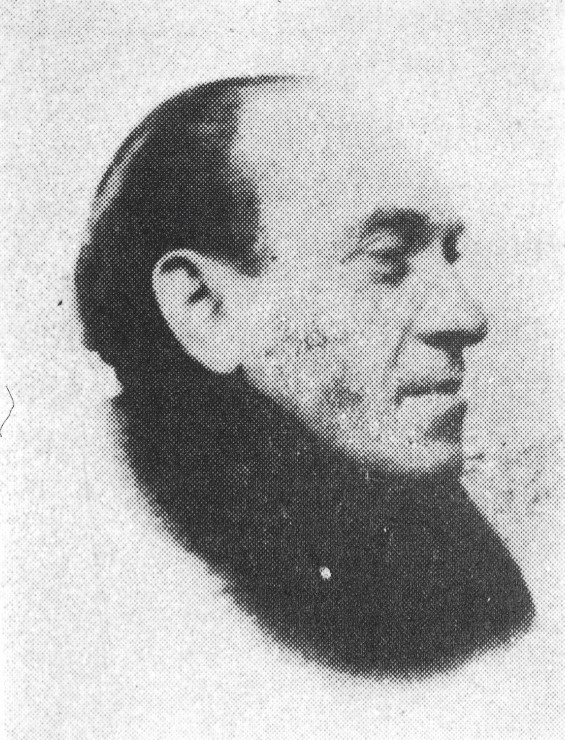Joseph HECHT
January 2, 2019Ignacy HIRSZFANG
January 2, 2019Alexandre HEIMOVITS
HAJDUHADHàZ (HUNGARY) 1900 – DEPORTED 1944
The artist’s father, Jacob Heimovits, came from a village near Budapest and worked in the grain business. The family settled in Hajduhadhaz, where Alexandre Heimovits was born in 1900. He studied painting at the School of Fine Arts in Budapest and adopted an abstract approach. He arrived in Paris in 1933 and lived in poverty with his wife Margarette Adler, who was a pianist. He occasionally worked with Jean Lurçat and his friends, the painters Arpad Szenes and his wife Vieira da Silva The years of the Occupation were very difficult.
His wife was arrested and interned in Drancy from November 1942 to April 1943. Alexandre Heimovits then lived alone with his daughter, who was born in September 1939. He initially hid at the studio of the Hungarian sculptor Anton Prinner, who was a mysterious character in Montparnasse, while his daughter was hidden with a French family in Vitry-le- François. Exhausted and lost, Heimovits decided to bring his family to Hungary on August 25, 1943. He was arrested in the suburbs of Budapest during a roundup, while his wife and daughter managed to escape and cross the Romanian border. They took refuge in Arad, with the Adler family. Alexandre Heimovits was first deported from Budapest to Ravensbrück and then to Mauthausen. He died during a death march in March 1945.
Stories of Jewish Artists of the School of Paris 1905-1939
FRENCH-ENGLISH
Capitale des arts, le Paris des années 1905-1939 attire les artistes du monde entier. De cette période de foisonnement, un terme est resté, celui d'Ecole de Paris, qui recouvre une grande diversité d'expression artistique. Dans ce brassage dont Montparnasse est le creuset, un groupe se distingue : celui des artistes juifs venus de Russie, de Pologne et d'Europe centrale. Si leurs styles sont variés, un destin commun les rassemble : ils fuient l'antisémitisme de leur pays d'origine. Certains ont connu la célébrité dès les années 1920, tels Soutine, Lipchitz ou Chagall. D'autres n'ont pas eu le temps ou la chance d'y accéder. Près de la moitié a péri dans les camps de concentration nazis.
From 1905 to 1939, Paris attracted artists from all over the globe as the capital of the art world. This period of artistic proliferation became known as the School of Paris, and includes a great diversity of artistic expression. Within the teeming art world centred on Montparnasse, one group set itself apart: Jewish artists from Russia, Poland, and Central Europe. Although their styles were diverse, they shared the common fate of fleeing anti-Semitic persecutions in their home countries. Some became famous in the 1920s, such as Soutine, Lipchitz, and Chagall, while others did not have the time or the luck to gain renown. Nearly half of these artists died in Nazi concentration camps.





